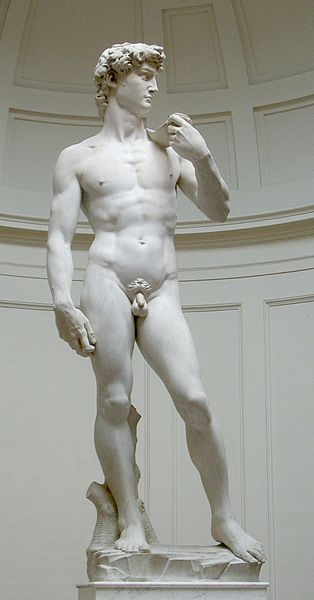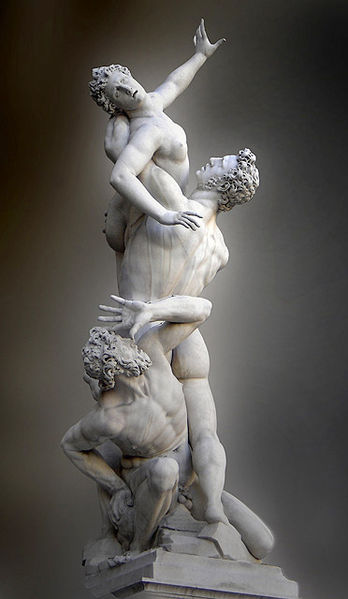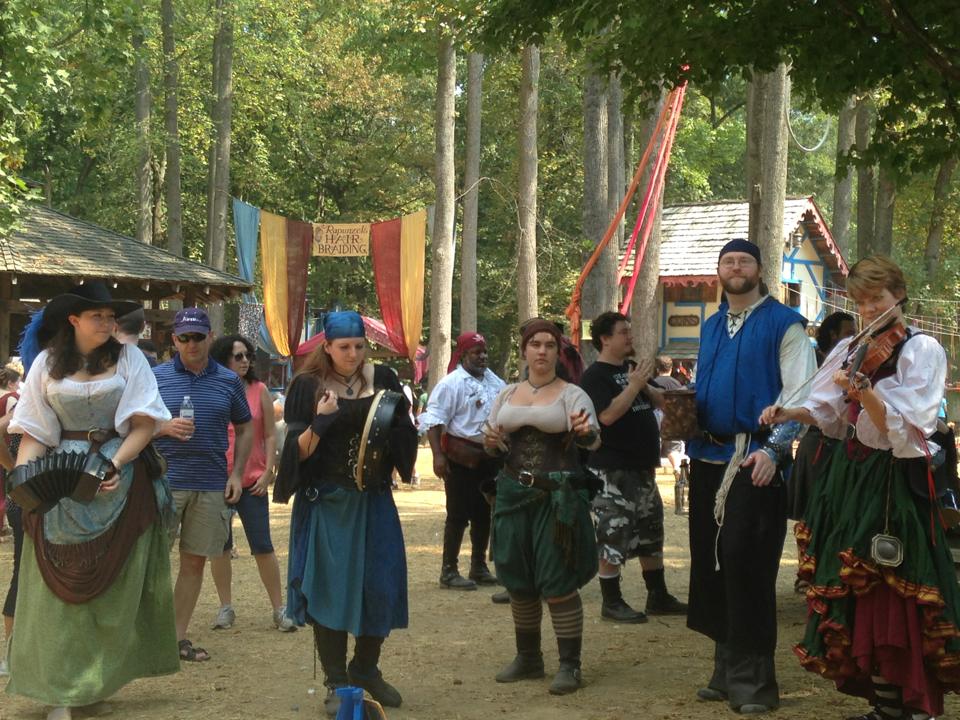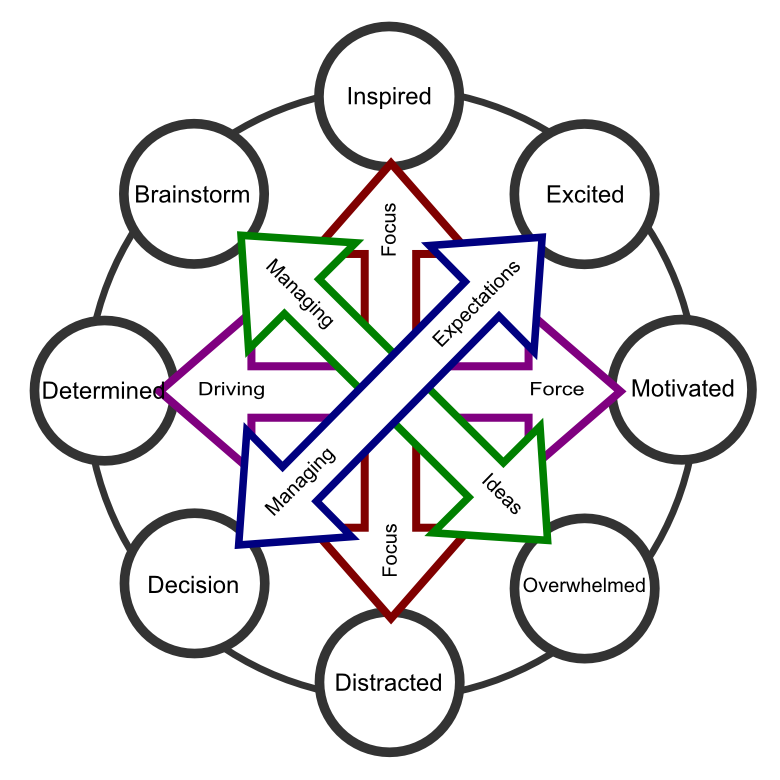Renaissance Molly
January 18, 2014My husband is a dear man. Ever enthusiastic, ever encouraging, ever learning, thinking, prompting, pushing, and working, he is a great driving force in my life. And so, even despite my own personal reservations about my abilities to write, the interest any given reader may have for content I may produce, or the very intimidating fact that all my contemplations of my mind will be down on paper for all to witness, he has prompted me to begin a blog.
Thus began the lengthy process of even finding a starting point: The Name.
I find naming something to be a daunting task. Perhaps I fear the permanence of it (I can only imagine how i will feel when we eventually have children and we have to give them the identity that are stuck with for life). When we first got our cat (a rescued stray kitten found by a friend of a friend who was allergic and therefore regrettably could not keep her) we thought she was actually a boy and therefore was named Victor (after the rodent trap brand). But when Victor was deemed a girl, Victoria did not suit her. We went through many names to finally settle on Bailey.
For the blog, my husband and i contemplated many ideas eventually dropping down into the realm of random nouns and adjectives crammed together like awkward 7th grade science partners in the hopes that chemistry would eventually happen (not that kind of chemistry, but the "Ok kids now turn on your Bunsen burners" kind of chemistry). No fires lit, though, and we were left contemplating what my blog even would encompass. Excited, I started listing off hobbies and ideas that I enjoy doing; that I would be excited about sharing. "Sorta like a renaissance woman" I contemplated.
My husband typed furiously for a second at his computer "Nope already taken.... But what about...." *type type type type* "Hey, RenaissanceMolly isn't taken! What about that?!"
So what does it mean? The term Renaissance is a rather loaded term. Overly common, greatly understood and yet still possessing great depth of study, "Renaissance" means at least 1000 different things. Basic stats and denotations may be found anywhere you look online so let us not use precious time with that now. Rather, what are the connotations which we envision when we hear the word "Renaissance."
The Historical Lens:
This is perhaps the most logical lens through which we view the Renaissance. Meaning "rebirth," the Renaissance is commonly remembered as a period when art, science, politics, technology, religion, and economics were changing from a Medieval, God centered, feudalistic based system to the first iteration of global and humanistic awareness since the Roman Empire. As such, a great deal of influence was derived from the Roman Empire. In comparison, however the Medieval period is greatly criticized as being backwards and uneducated (having unjustly gained the nickname "The Dark Ages" partially because people misinterpret the choices made in art and politics as being a step backwards for humankind). The Renaissance, therefore, gains the reputation as being the scholarly prodigy mysteriously begotten from the third class worker family (the Medieval period) and as such gains the acknowledgement as being the predecessor to modernity. This is perhaps an oversimplification, but it is, at the least, the typical connotation of the Renaissance as seen through the modern historical lens.
Polymath:
This is a new term for me but my understanding is that it refers to what is commonly known as the "Renaissance Man;" i.e. one who develops expertise which spans a great many topics and subjects. Perhaps in a large sense, the term more greatly reflects the humanistic spirit of the Renaissance in which scholars believed the human mind and capability had no bounds. I believe this too. I was raised in a household where we worked hard, were encouraged to continue learning and growing; where it was never too late in life to learn new things, no matter how hard it was to start, and where expansion of hobbies, interests, and the intellect were greatly valued. It is, perhaps, this reason I have taken up so many different interests. I cannot, however, claim to be expert in any one area, none the less proclaim myself a true Polymath, I would like to think, however, as I grow older, I will more greatly earn such a title.
Popular Culture - The Renaissance Faire
So... I'm a pirate. I perform in a pirate band and act as the chest wench to sell their merch and collect tips. We perform at RenFaires and other themed events. We dress in garb, make our garb, talk about our garb, plan out our garb. Is it accurate? NO! Of course not! I wear a Victorian-style corset with brown boots with a zipper along with a 17th century type hat worn by the upper class men and I carry around CD's! It's not unusual to see guys dressed as characters in Assassin's creed and girls as fairies and to spot at least 3 Doctors on each faire day. If you go to a ren faire to experience the renaissance you've gone to the wrong place. (Go to a museum to look at paintings instead). But if you turn off your Historical Anachronism Sensor and turn up your suspension of disbelief, you can experience a ren faire with joy and excitement. And I believe you'll learn a thing or two about humans. "Rennies," as frequent fair goers are called, represent a basic fact of humanity, I believe, and that is: We as humans want to look back on the past with a rose colored fondness to which we can escape while appreciating the convenience of the 21st century. We want it all, and at a renfaire, you can do that. People harp on the use of electronic devices at a ren fair, but wouldn't you believe that if Leonardo had access to an iPhone, he'd use it all the time?! I do.
Additionally, doesn't a ren faire, in a strange way, idealize the Renaissance just as the renaissance artists idealized the Romans? Bare with me for a second. Let us compare a Roman marble copy (A.D. 120-140) of a Greek bronze (350 - 325 B.C.) to the highly acclaimed "David" by Michelangelo (1501 - 1504). There are a lot of comparisons to be made between these two pieces which would make an Art History TA proud but let's skip to the point: there are significantly more similarities than differences; The sideways glance, the proportions of the body, the decision to work in marble, to use the nude form over a clothed one, the stylization of the hair, even the slight contrapposto (seen much more astutely in David than in Appollo, but it's still there), and even the use of the tree stump (typically recognized as an addition by the Roman marble copiers in the hopes of better stabilizing the much more fragile marble copy).
Now let's throw in another example: Giambologna's Rape of the Sabine Women from the Mannerist Period. Same material, similar sizes, similar attention to anatomic detail in the figures and that same sort of stylized hair, but still completely different. Those figures twist and turn all over the place like a corkscrew: arms flailing, muscles engaged, this statue feels like it's a spring all wound up ready to burst at any moment. Note, even with all this, there is no need for a stabilization tree in Giambologna's piece. Why? Because where Giambologna, as a Mannerist, was much more greatly occupied with showing deep expression and action to the point of hyperbole, Michalangelo was occupied with reiterating, dare I say, idolizing the past.
One last example of this: Look at this painting by Perguino of the Delivery of the keys executed in 1482, just 20 years before Michealangelo sculpted David. This painting has all the symmetry of the Renaissance artistic movement, it has perfectly lined orthogonals creating depth of field while still having symmetrical composition and contrapposto figures. The subject matter is that of Jesus presenting the keys of Heaven to the first bishop of Rome, St. Peter, as a symbol that Peter is the rock on which Christ would build his church.
Perugino Delivery of the Keys 1481-1482
So there's Jesus in the Blue and Red in the middle there, and there's Peter there in the yellow and blue, kneeling to receive the keys. Ok, so then there's the other apostles witnessing this: that's cool, there's someone in yellow over there by Jesus and then someone down the line in blue; that's cool, we like blue, that's legit. But wait. What's that guy doing there on the end at the left. Who is that? He's not wearing his Roman Garb like everyone else in the picture. In fact, everyone in the background is wearing Medieval clothes too! And some guys are wearing Medieval Caps and have Medieval hair styles!! And that dome doesn't look like the half circle dome of the Pantheon like they Roman's of Jesus' time would have had, it has a Brunelleschi dome like the one constructed in Florence between 1446 and 1461 (completed just 20 years before this painting was made)! So take another look - doesn't it look like Jesus and the apostles are bit out of place? It looks like a tableau vivant! Only, it looks like Jesus and the Apostles are the only ones participating and if others are participating, they have forgotten their garb or just don't want to participate in garbing so they are wearing their street clothes. Thus, I would say that, like modern ren faire goers, Perguino reflects a similar contrast between the past and contemporary by mixing architecture and fashion styles from two periods into one picture. This, to me, strikingly resembles the oh so familiar scene of a collection of friends at the ren faire in various forms of Garb and street clothes.



.jpg)

